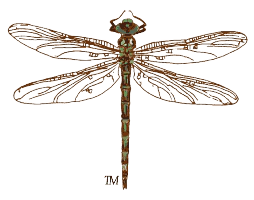Grasses
Why Grasses Are Important
Grasses perform a number of beneficial functions. They help reduce erosion by slowing the force of water run-off over the ground, and help hold the earth in place using their fibrous root system. The root systems of many native grasses also help direct rainwater into aquifer or groundwater systems.
Big Muhly photo by Anne Childs - with permission
Grasses are also CO2 reducers. Like trees, they remove CO2 from the atmosphere and return oxygen. Unfortunately, if you mow, irrigate and fertilize your lawn, you end up adding CO2 to the atmosphere at a rate that probably negates grass’s utilization effort.
Grasses help cool the environment through a combination of transpiration (expiring moisture) and creating shade.
What is a GRASS?
Grasses are members of the Poeaceae family and can be annual or perennial. They are typically considered in two groups; warm weather and cool weather varieties.
Grasses make up the 5th largest plant family on earth. They have jointed stems, which are usually hollow except at the nodes or joints, and are branched. Roots are usually fibrous and abundant.
In Texas, over 700 species of grasses have been documented; both native and introduced.
Yellow Indian Grass - Photo by Tom Watson - with permission
Native Grasses and Wildlife
A Partnership Developed Over Millennia
Native grasses are critical to wildlife. The seeds provide food for many bird species, the flowers provide nectar for pollinators and the leaves are a food source for several butterfly and moth species. In addition, grasses provide nesting material and protection for a wide variety of insects, birds, mammals, reptiles and amphibians.
How do you think about grass?
When most of people consider “grass”, what they envision is a lawn; a cultivated, monoculture of thick, green, evenly mowed plants that create a carpet-like expanse.
While this may be aesthetically appealing and satisfy some internal sense of order and control, the species of grasses used on this continent to create lawns are usually non-native plants. As a result a great deal of irrigation and many chemicals must be used to ensure a lush, verdant lawn.
Native grass in a suburban landscape - stock photo
An alternative to the lawn concept is a prairie, which uses one or more native grasses to create a beautiful and interesting expanse which require less effort and artificial assistance to thrive.
Little Bluestem prairie - Photo by Tom Hausler -with permission
Learn More…
The Ladybird Johnson Wildflower Center - https://www.wildflower.org
Native Plant Society of Texas - https://npsot.org
Best Plants and Trees to Grow in Texas Landscapes – Texas Agrilife Extension Services - https://agrilifeextension.tamu.edu/solutions/best-plants-trees-grow-texas-landscapes/







